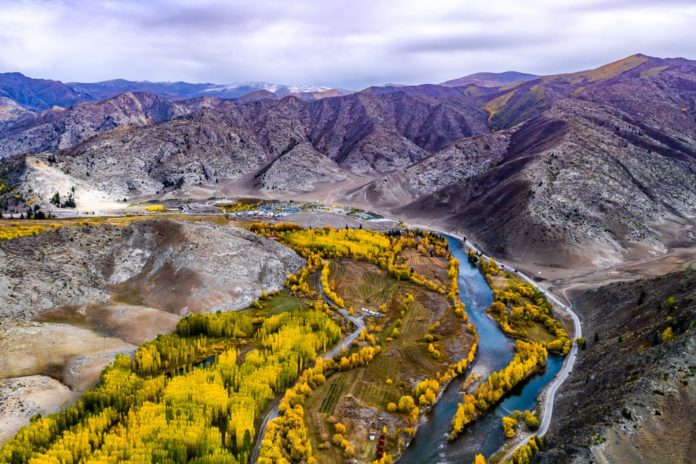Canadian Journalist offers “insights” on Muslim Life in Xinjiang
Xinjiang, a Muslim-majority region in China, borders eight countries and is a vital “corridor” for the Belt and Road Initiative. With 56 ethnic groups, it has seen significant development in the last 15 years, with a 1.9 trillion yuan GDP in 2023. The region has 5,400 intangible cultural heritage items and promotes inclusive, people-centric development, with local officials and experts focusing on Chinese and Xinjiang characteristics.
I recently had a chance to visit parts of the northwestern Uyghur Autonomous Region of China – Xinjiang. The Muslim-majority region is spread over 1.6649 million sq. km -that is almost one-sixth of China’s total landmass. It borders eight countries: Mongolia, Russia, Kazakhstan, Kyrgyzstan, Tajikistan, Afghanistan, Pakistan, and India.
The famous ancient Silk Road is estimated to be about 7,000 km, the bulk of it, which is 5,000 km passes through Xinjiang. The region assumed greater importance with the launch of the Belt and Road Initiative over a decade ago and serves as a crucial “corridor” and “transit station” for BRI-related activities.
Around 56 ethnic groups reside in Xinjiang. In the words of a Chinese diplomat, the ethnic, religious and cultural diversity as well as its economic opportunities have meanwhile turned Xinjiang into a melting pot of diverse cultures and economic development that involves agricultural cultivation techniques, livestock breeding methods, production of silk, porcelain, papermaking, metallurgy, hydraulic engineering, and gunpowder manufacturing techniques, all spread through this vital “corridor” of Xinjiang between the East and the West.
The region has seen staggering development in the last 15 years – evident from the 1.9 trillion yuan GDP recorded in 2023. With a year-on-year growth of 6.8%, most economic indicators in Xinjiang rank among the top in the country.
The majority of Muslim inhabitants – the Uyghurs – practice their faith as they will. Unlike the disinformation spread in the Western media, the central government in Beijing offers incentives to all those living on the Chinese territories. Xinjiang is no exception.
The Xinjiang Islam Institute complex on the outskirts of Urumqi – the capital – is an example. It gets an annual funding of 250 million yuan from Beijing, while the Xinjiang government provides another 30 million to keep the Institute running. The institute runs and guides over a dozen such institutions and is affiliated with hundreds of mosques across Xinjiang.
During the journey through Xinjiang, I met with a Canadian vlogger – Omar Ali. I asked him about his impressions about visits to places such as Korla, Urumqi and Kashgar.
Xinjiang has more than well-protected 5,400 intangible cultural heritage items. Xinjiang continuously and consciously focuses on the preservation and improvement of the facilities of religious activity venues. It also promotes the translation and publication of religious texts in various languages, including Islam and Buddhism.
On the face of it, it is a great example of inclusive, people-centric development, as local officials and experts insist on the Chinese and Xinjiang characteristics. They are winning over people’s hearts and minds through affection and care.




